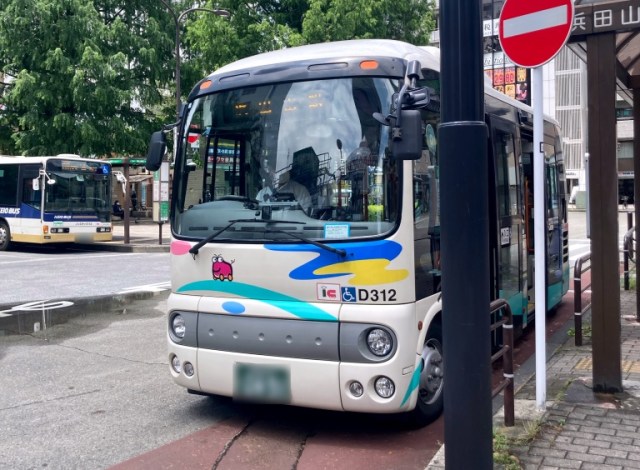
Exploring the delicious beauty of Suginami Ward.
Welcome back to another installment of Tokyo Loop Buses, in which our ace reporter Mr. Sato hops on one of Tokyo’s loop-line buses and takes a closer look at overlooked local-life neighborhoods of the city. Fresh off exploring the Asakusa district, this time Mr. Sato is headed to Suginami Ward, on the west side of Tokyo, to ride the Sugimaru bus, surround himself with greenery, visit a cursed hill, and, of course, search for some great things to eat.
Mr. Sato boarded the bus at Asagaya Station, but before we get started we should mention that the Sugimaru is, technically, not a loop bus. That’s because instead of being one continual circular route, the Sugimaru Keyaki Route starts at Asagaya Station and ends at Hamadayama Station, where all passengers have to get off. However, the bus also runs back along the exact same route from Hamadayama to Asagaya, and with it only costing 100 yen (US$0.65) to ride between any two stops, the Sugimaru Keyaki Route effectively operates almost exactly like a loop line, and isn’t really any more expensive.
▼ The route from Asagaya (阿佐ヶ谷駅) to Hamadayama (浜田山駅) takes 25 minutes. Buses run from approximately 8 a.m. to 8:50 p.m. on weekdays and 8 a.m. to 7:20 p.m. on weekends. Timetables can be found online here (weekdays) and here (weekends/holidays).
Right outside the south exit of Asagaya Station you’ll see the bus stops. For the Sugimaru Keyaki Route (the route Mr. Sato is riding today), you’ll want to go to Bus Stop 0.
Sugimaru buses come every 20 minutes, and in addition to having a convenient timetable, they’re adorable.
▼ Even the seat upholstery is cute.
One of the first landmarks the bus passes by is Asagaya Pearl Center. This isn’t a jewelry market, though.
▼ Entrance to Asagaya Pearl Center (阿佐ヶ谷パールセンター)
“Pearl Center” is the name that was chosen for the neighborhood’s covered shopping arcade, which was first built in 1962, with the idea that it would be a prosperous place that tied the community together, like a metaphorical string of connected pearls.
A visit to Pearl Center was in Mr. Sato’s plans these days, but he had it slotted for someplace to check out on the way back, for reasons we’ll get into later. So he stayed on the Sugimaru until he got to the Zenpukujigawa Ryokuchi (善福寺川緑地) stop.
Zenpukujigawa is the name of the river that runs through this part of the neighborhood, and ryokuchi, which translates to “green ground,” is a term used to describe sprawling green spaces, oftentimes with walking paths.
Zenpukujigawa Ryokuchi follows the curves of the river, and it’s a popular place during cherry blossom season. It’s no slouch in early summer either, though, and Mr. Sato felt his nerves being soothed as he strolled underneath the healthy green leaves of the trees.
▼ However, you will want to keep an eye out for crows at this time of year, since May-July is the birds’ mating season and they can be aggressively territorial.
You can spend quite a lot of time walking along Zenpukujigawa Ryokuchi, but once Mr. Sato got to this part…
…he took a turn to the right, since there was somewhere else he wanted to go: Sannenzaka.
“Sannenzaka” translates to “Three Year Hill,” and should you choose to walk up or down it, you’ll want to walk very carefully. Why? Because according to local legend, anyone who stumbles and falls on Sannenzaka is fated to die within the next thee years.
Having made it safely to the top without slipping, Mr. Sato kept walking until he saw the sign for Suginami Children’s Transportation Park (杉並児童交通公園).
Yes, that’s an unusual name for a park, but after seeing what’s inside, it’s really the only name that would make sense.
Suginami Children’s Transportation Park is a place for kids to learn about traffic safety. The whole place is laid out like a miniature simulated street network, and there are free go-karts for kids to use to practice safe driving with. The park even has working signal lights for kids to follow at some of its intersections.
The Sugimaru Keyaki Route has stops for both Sannenzaka (三年坂) and Suginami Children’s Transportation Park (杉並児童交通公園), so if you don’t feel like walking all the way from Zenpukujigawa Ryokuchi you can just get off at their stops, from where it’s easy to get back on the bus afterwards.
From Suginami Children’s Transportation Park it’s four stop to Hamadayama Station, where Mr. Sato got off and decided it was time to eat lunch.
Luckily for him, near Hamadayama Station is a famous ramen restaurant called Tantantei (たんたん亭).
This place always gets crowded during the lunch rush, but having gotten here a little later in the day meant Mr. Sato didn’t have to wait too long for a seat. Looking at the menu, though, Mr. Sato realized he had a problem. He couldn’t decide between the wanton ramen and the chashu ramen.
So he ordered the ramen that has both, the Chashu Niku Wanton Ramen, for 1,700 yen. That’s actually pretty expensive for ramen by Japanese price standards, but hey, the stomach wants what it wants, and with the Sugimaru bus costing just 100 yen a ride, he had some extra room in his budget.
The pork wantons were nice and meaty, the chashu extra thick, and the noodles enticingly firm. The whole thing was so delicious that it has Mr. Sato already wanting to go back again and try their shrimp wanton ramen.
After lunch, it was back on the Sugimaru at Hamadayama Station for the return trip to Asagaya, but not before first getting off at the Narita Nishi Kodomoen-mae (成田西子供園前) stop.
This stop doesn’t really have any famous tourism attractions, but it is the closest stop to the playground locals call Rocket Park.
As some of you might be aware, RocketNews24 is the name of our Japanese-language sister site, and it’s also why we’ve got a rocket in the SoraNews24 logo, so Mr. Sato couldn’t pass up this chance to go to Rocket Park and see its rocket-shaped slide. He had another reason for wanting to visit too, though, which is that this part of the neighborhood is scheduled to have some flood control-related construction done over the next few years. There’s no word that Rocket Park is going to be demolished, but construction generally means at least some of the local green spaces get swept away, so Mr. Sato wanted to appreciate as many of them as he could on this day.
▼ A map of the Zenpukujigawa Ryokuchi, with the part Mr. Sato walked on this day circled in red.
After leaving Rocket Park, Mr. Sato walked to the Asagaya Jutaku Minami (阿佐ヶ谷住宅南) stop…
…got back on the bus…
…and this time rode it to the Omekaido Iriguchi (青梅街道入口) stop, which is right by one end of the Asagaya Pearl Center shopping arcade we mentioned earlier.
Remember how we said Mr. Sato was saving this place for later? That’s because he was here to get dessert. One option would have been Moni, which is first and foremost a clothing boutique, but which also sells anko (sweet red bean paste) made the shop owner’s relatives in Shizuoka Prefecture.
▼ Moni’s anko and monaka wafers
But with the weather getting warmer, Mr. Sato was craving some shaved ice, and to satisfy that craving he headed for Chimoto.
Chimoto is a fancy shaved ice cafe that makes its treats with water shipped in from Karuizawa in Nagano Prefecture, which is said to be some of the purest and most delicious in Japan. Good water, naturally, makes for good ice, but even if you didn’t know about the Karuizawa connection, it’s hard to imagine not being seriously tempted to try Chimoto’s shaved ice after seeing their Nama Ichigo strawberry shaved ice.
At 1,300 yen, this is a lot to pay for shaved ice, but it felt like a fair price as soon as Mr. Sato tasted the amazing strawberry syrup made from the berries themselves, which had all the wonderful sweet and tart flavor of a bowl of freshly picked strawberries.
Mr. Sato’s dessert indulgences weren’t over yet, though. After leaving Chitose he strolled down Pearl Center a little more until he came to Tomoe-an, a stand that sells taiyaki, sweet red bean cakes shaped like red snapper.
While sweet red beans are the standard taiyaki filling, a lot of places do special limited-time flavors too. On the day of Mr. Sato’s visit, they had special ume (Japanese plum) flavor taiyaki, for 450 yen.
▼ Tomoe-an’s special little touch is that they put a shiratama mochi dumpling inside some of their taiyaki.
Pearl Center isn’t only for desserts, though. The shopping arcade also has restaurants and to-go stands, offering things like yakitori (grilled chicken skewers) and unagi (freshwater eel).
What really caught Mr. Sato’s eye, though, was Urashige Kamabokoten, a shop specializing in kamaboko (fish sausage).
They’ve got a very wide selection, and after mulling his options over, Mr. Sato went home with a pack of satsumaage fish cakes for 1,100 yen with plans to eat them for dinner later that night.
From Urashige Kamabokoten, Mr. Sato kept walking through the arcade for a little longer, which got him back to Asagaya Station.
In total, Mr. Sato spent about three and a half hours on his route. Really, though, you could easily spend a whole day getting on and off the Sugimaru Keyaki Route, especially if you take your time relaxing in the parks and eat both lunch and dinner while you’re out. And who knows, maybe you’ll bump into Mr. Sato when he goes back for that shrimp wanton ramen.
Related: Sugimaru, Tantantei, Chimoto, Tomoe-an, Urashige Kamabokoten
Photos ©SoraNews24
● Want to hear about SoraNews24’s latest articles as soon as they’re published? Follow us on Facebook and Twitter!
[ Read in Japanese ]


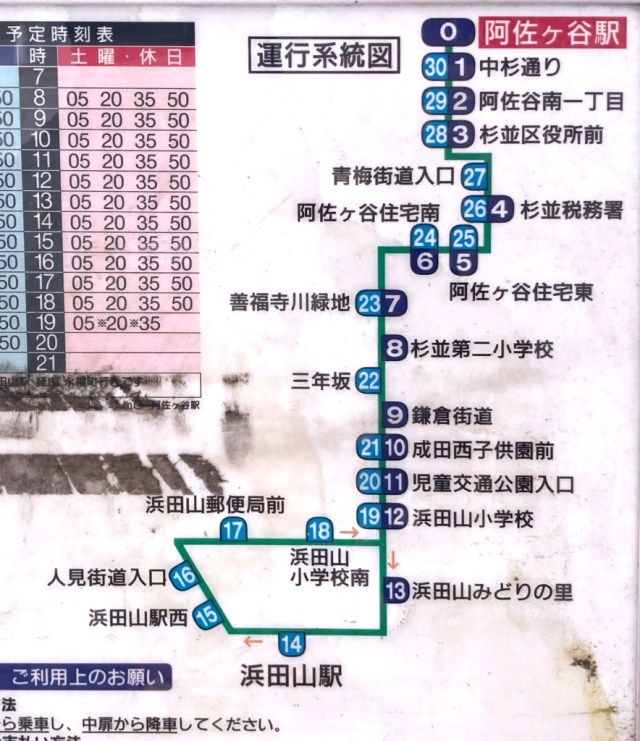
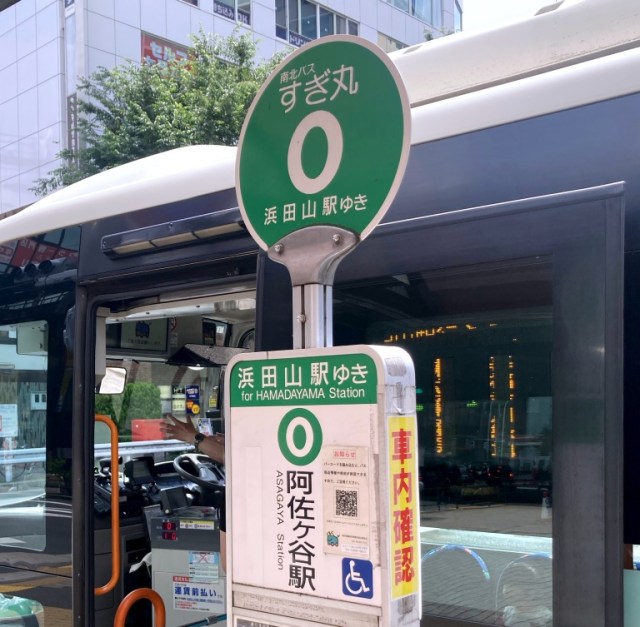
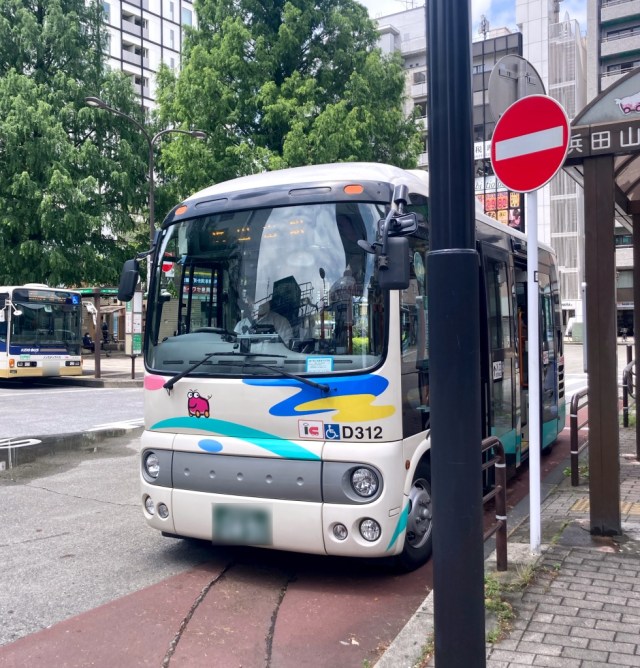
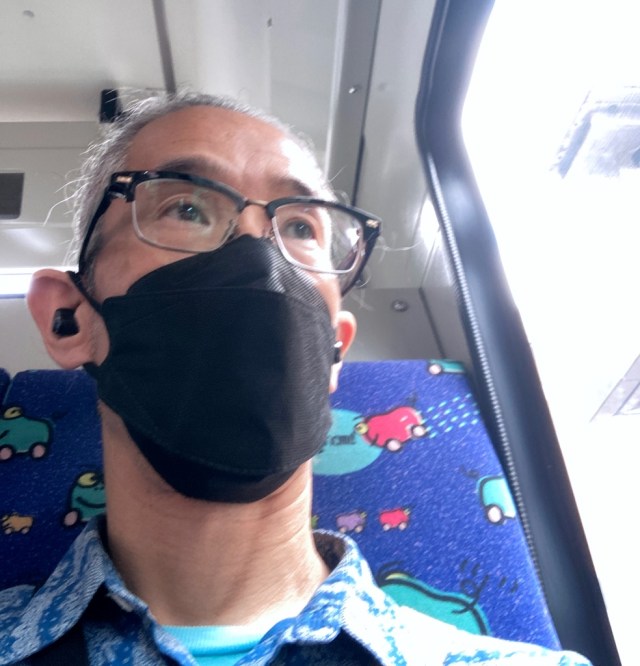
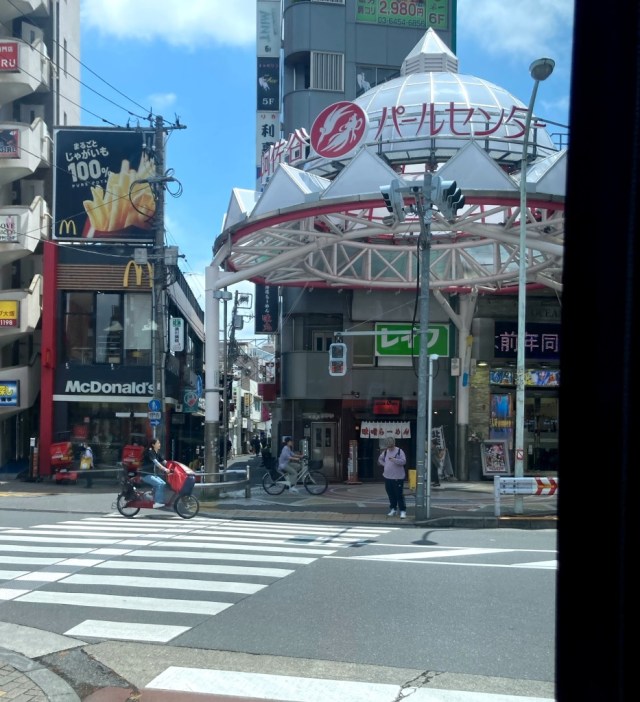
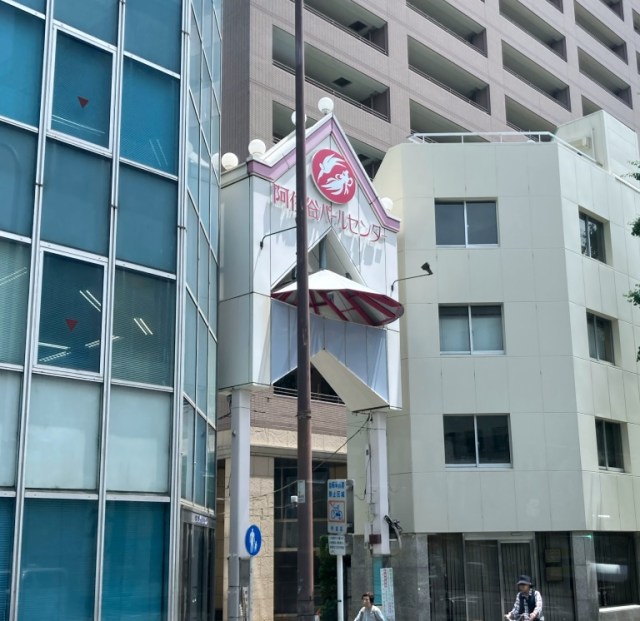
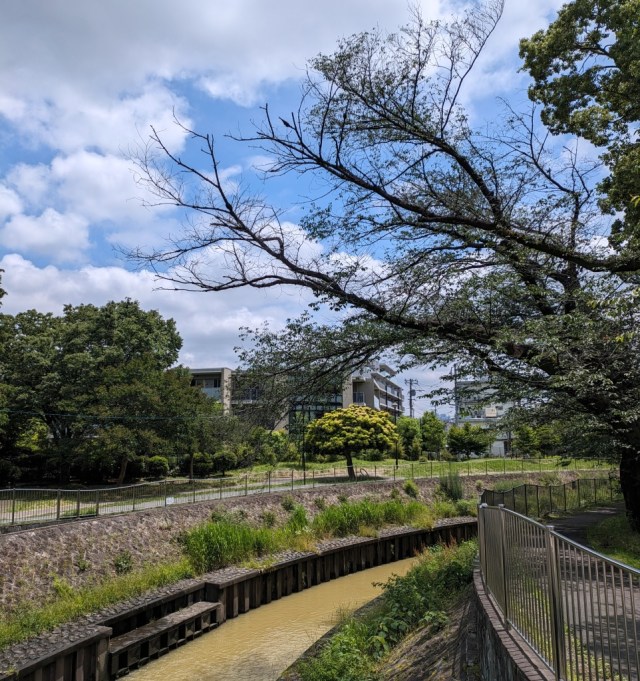
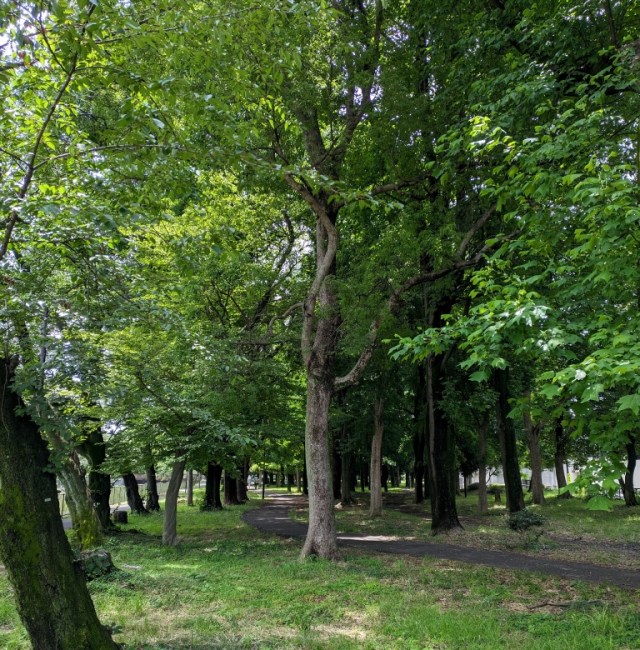
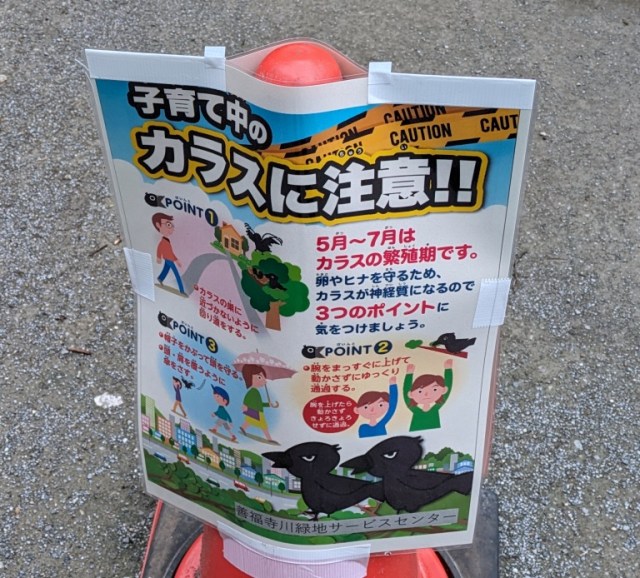
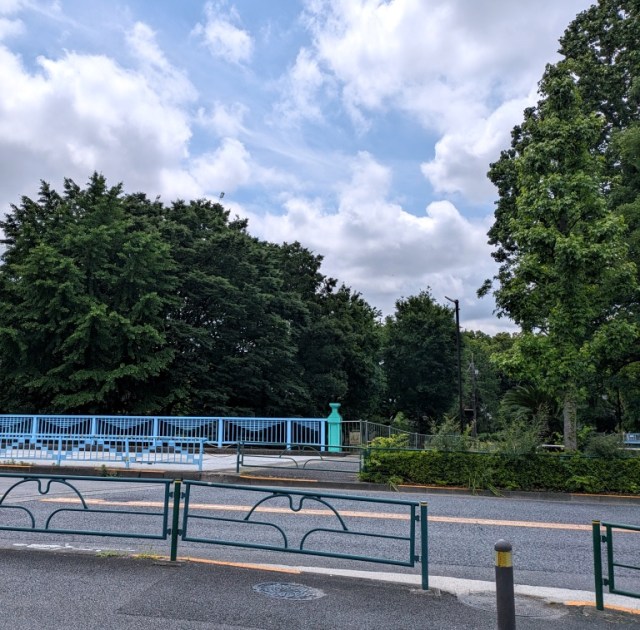
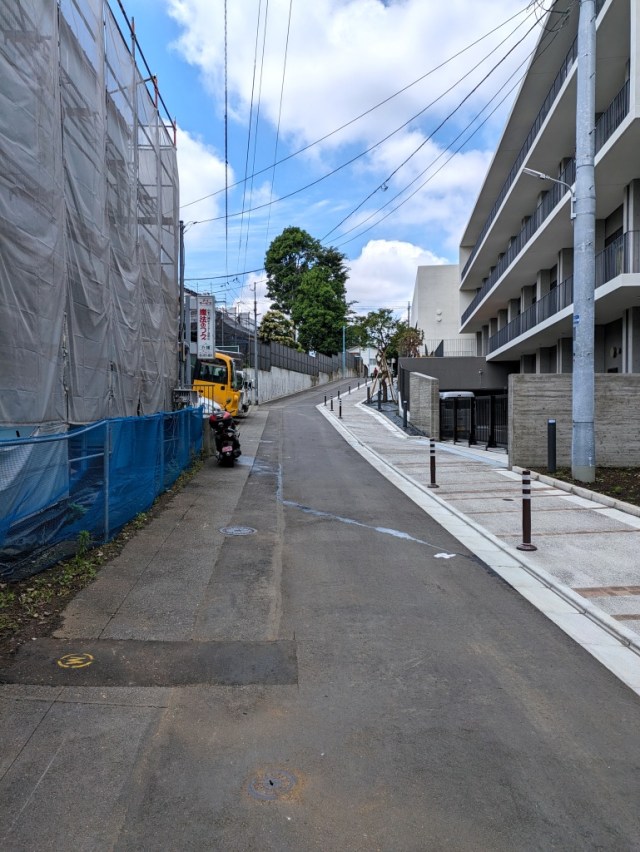

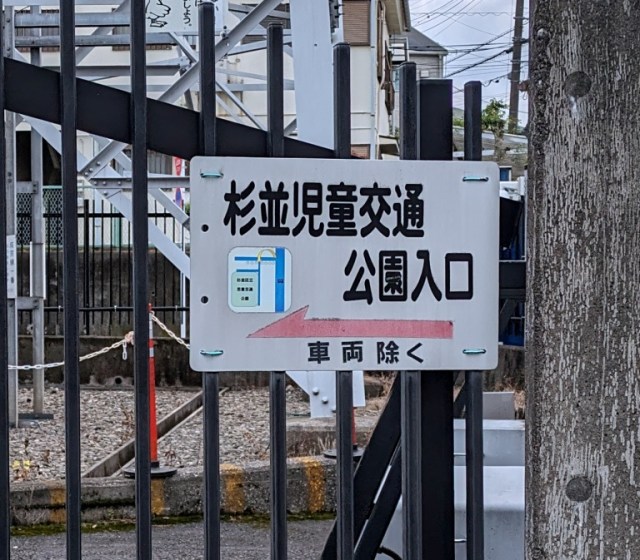
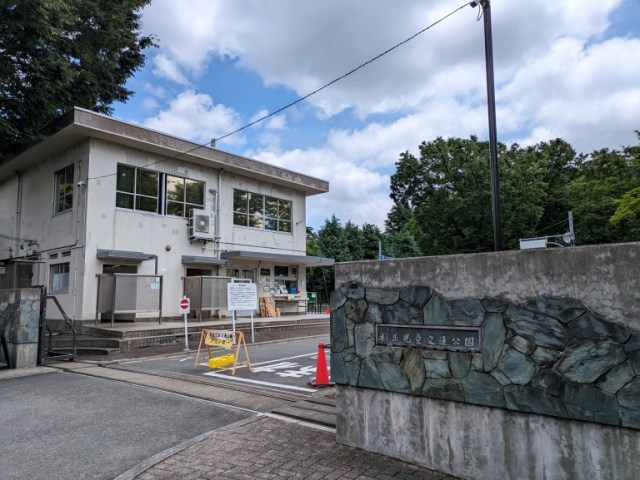
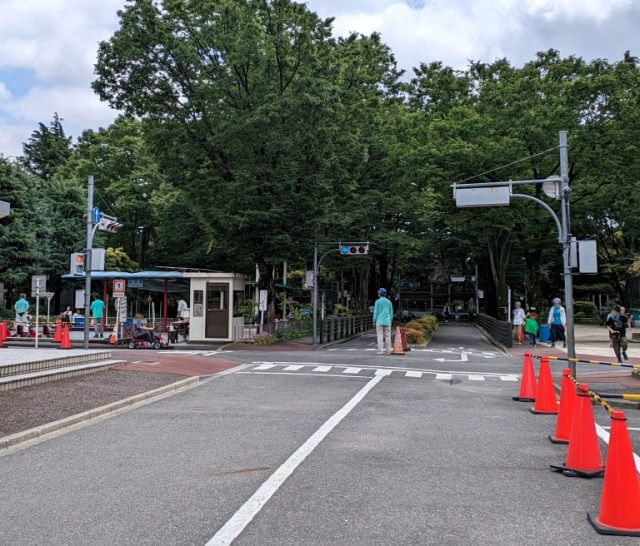
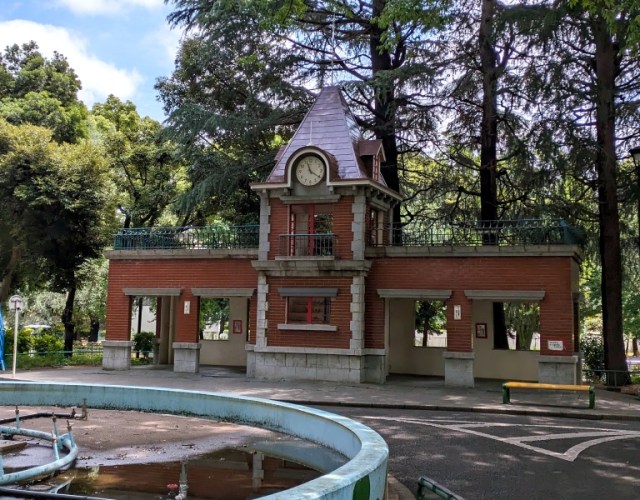
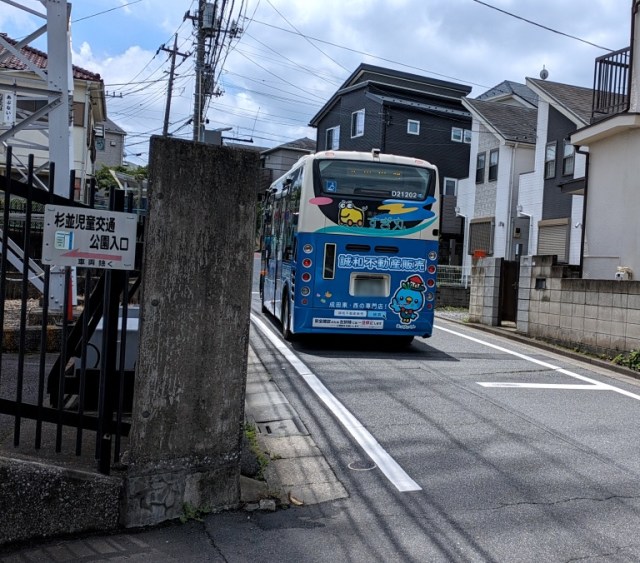
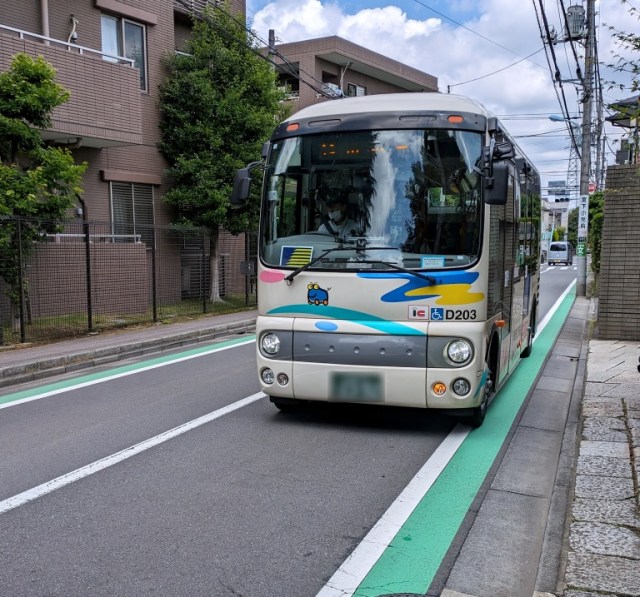

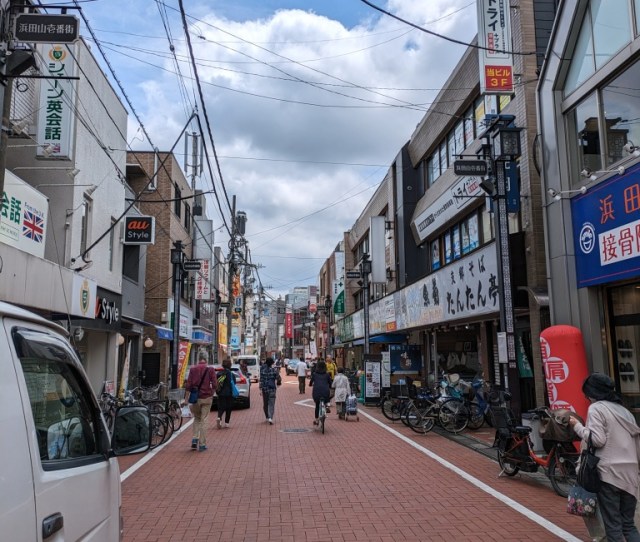
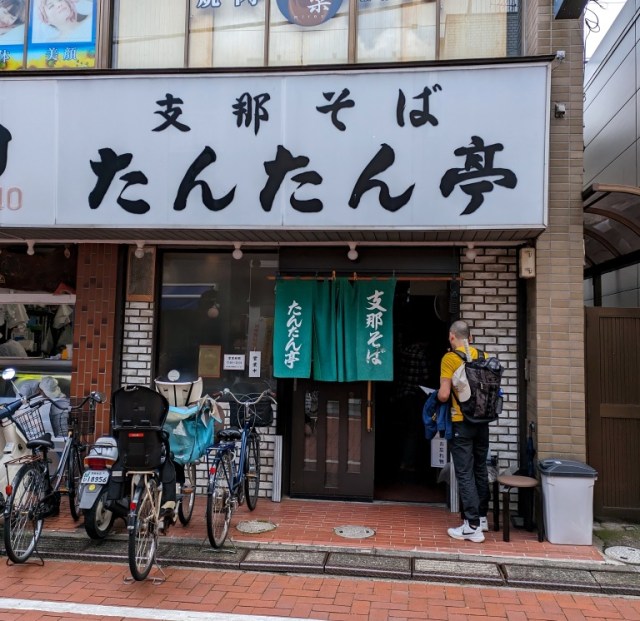
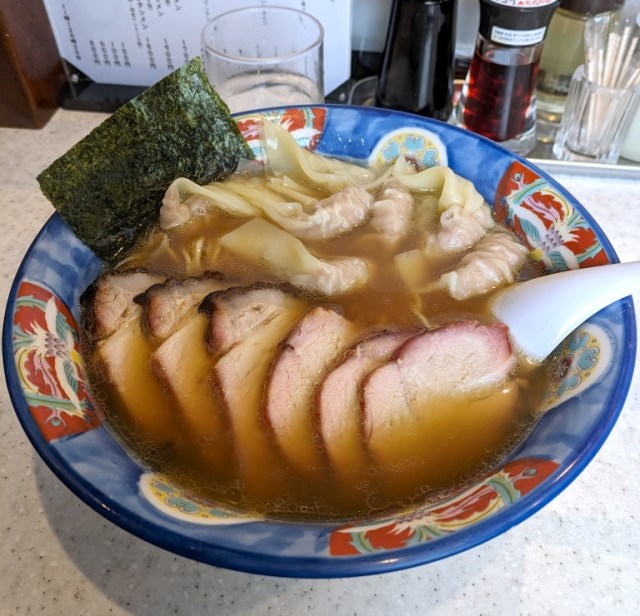
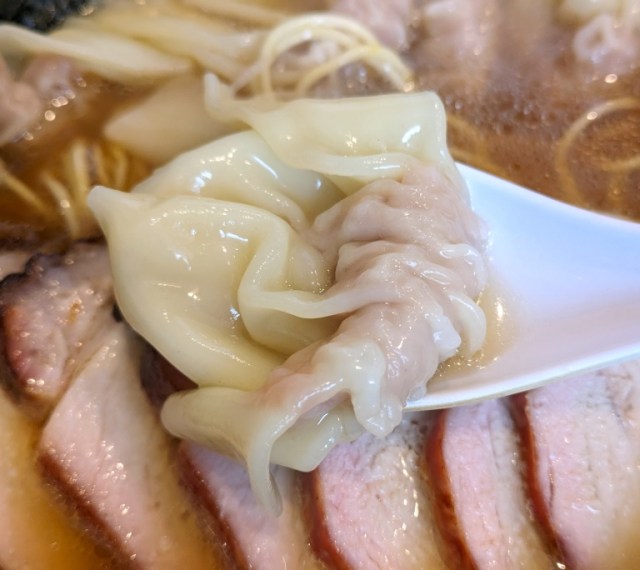
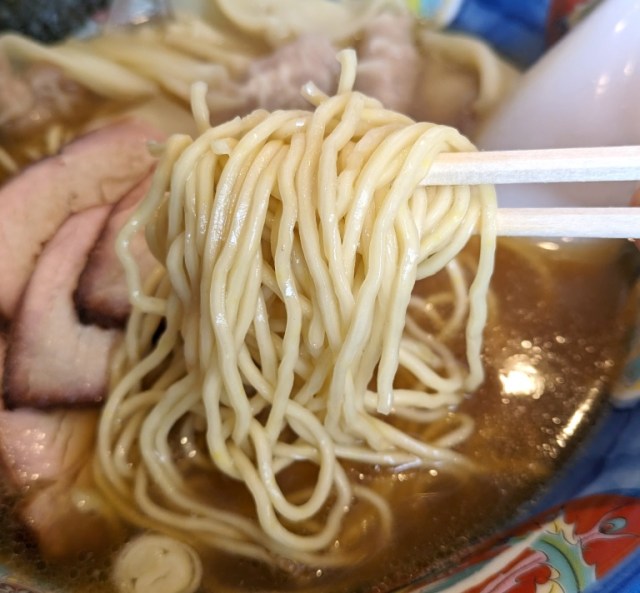
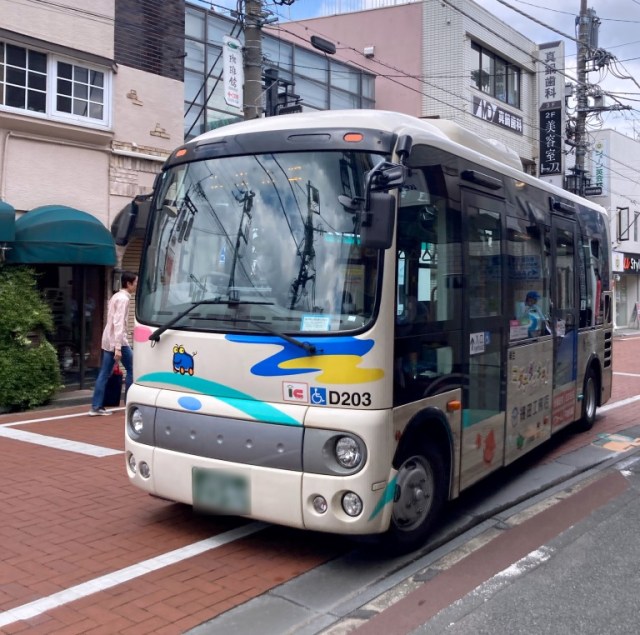
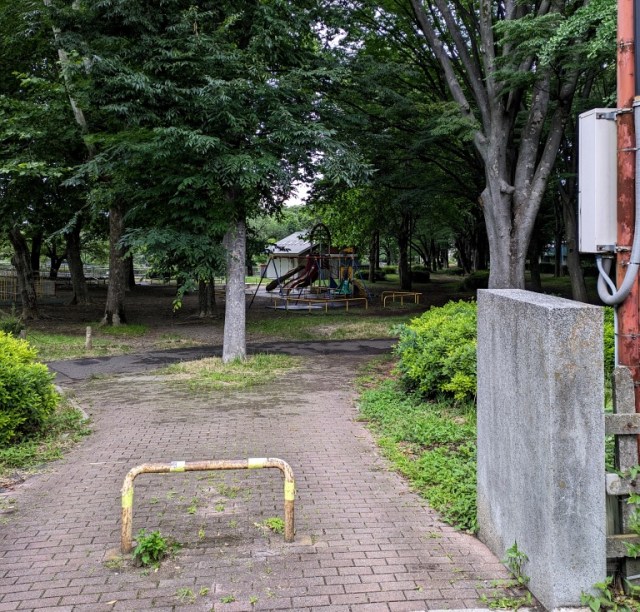
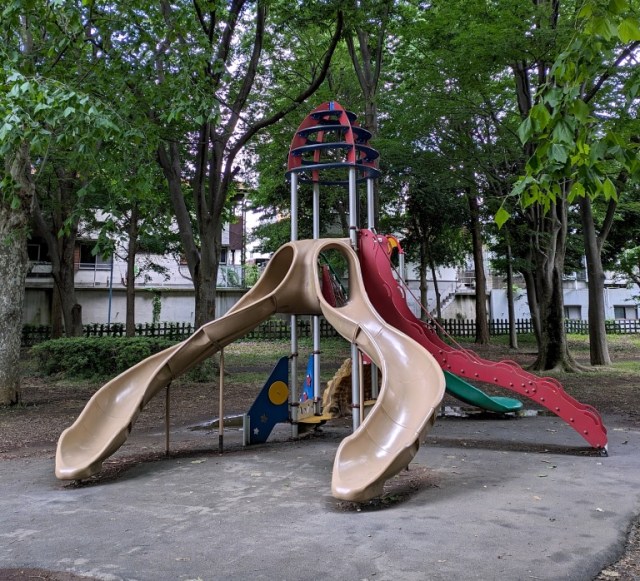
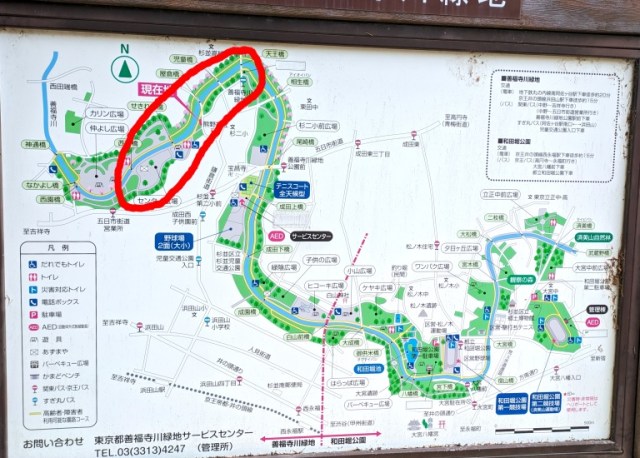
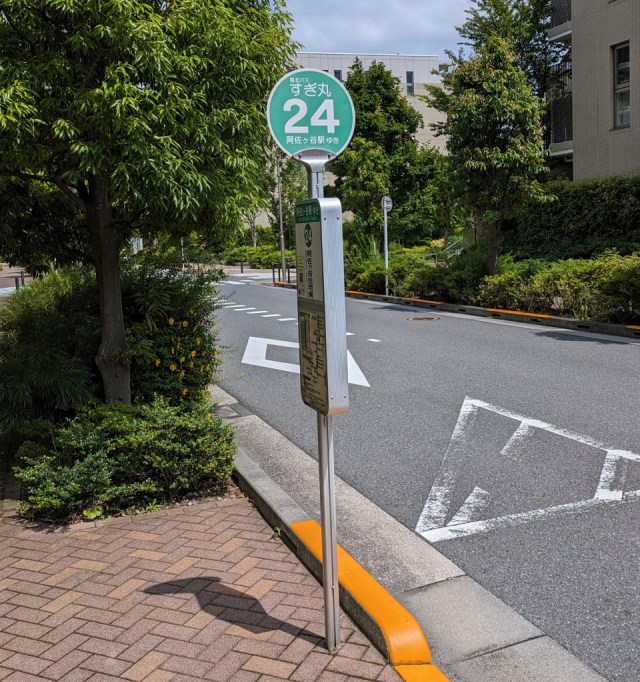
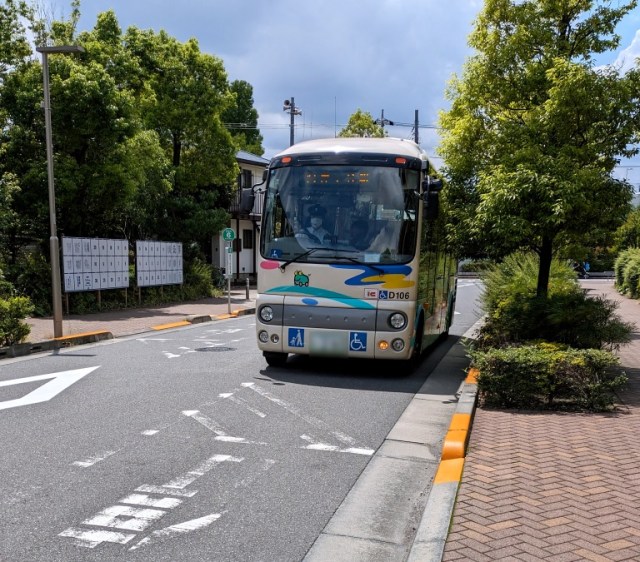
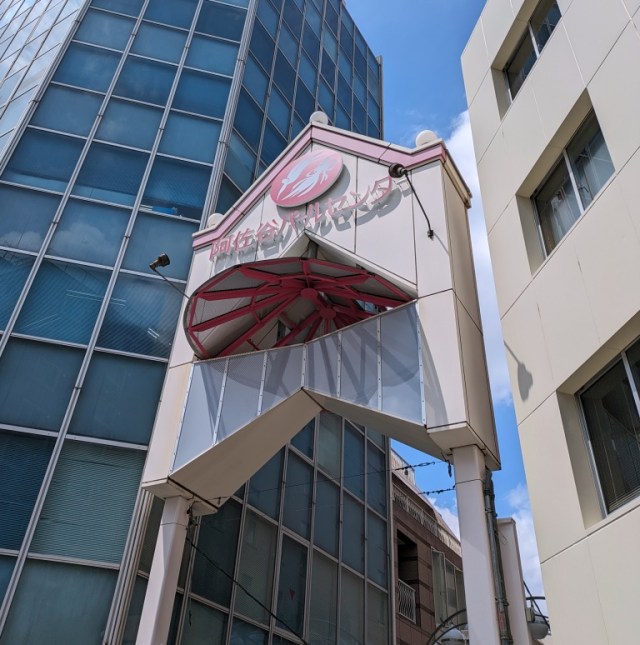
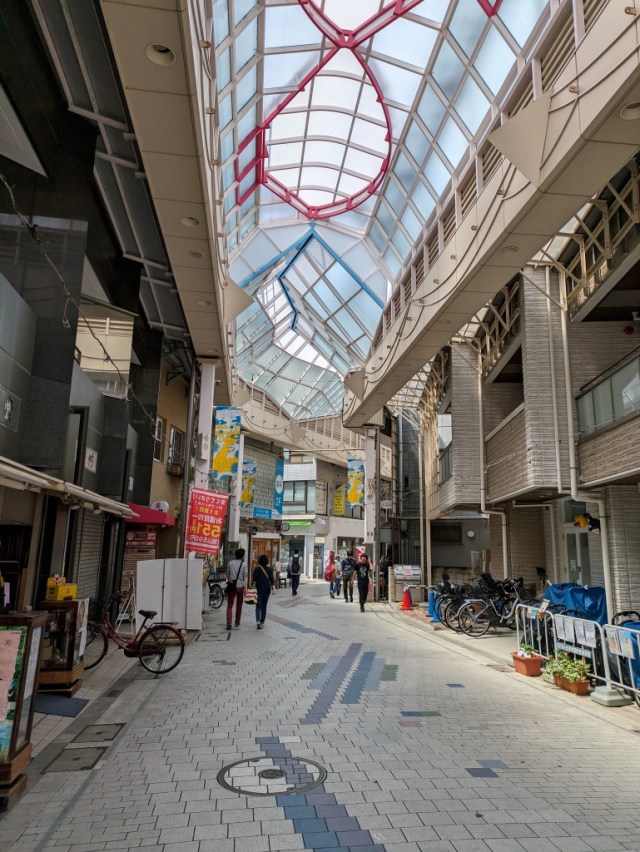
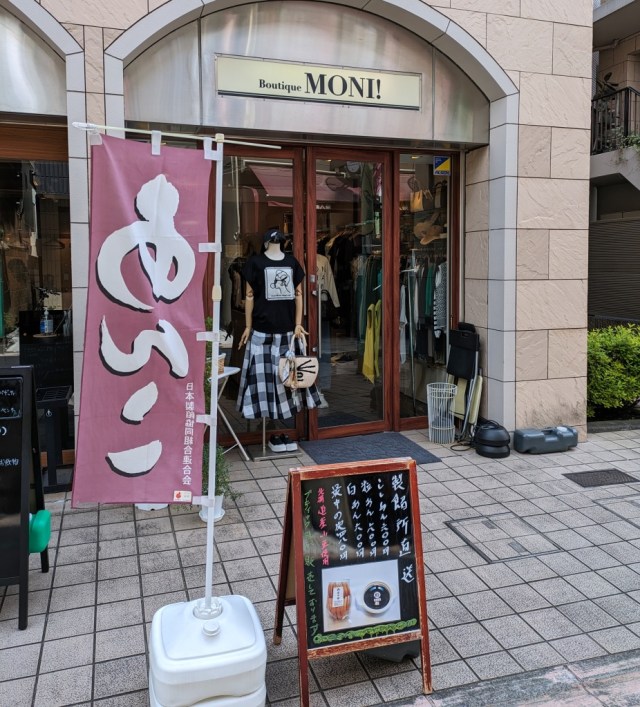
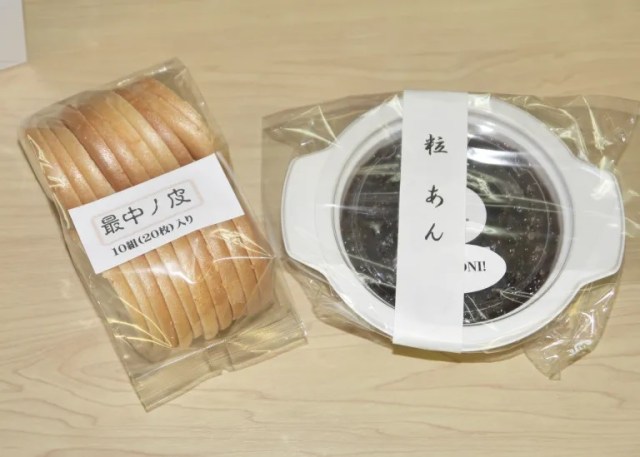
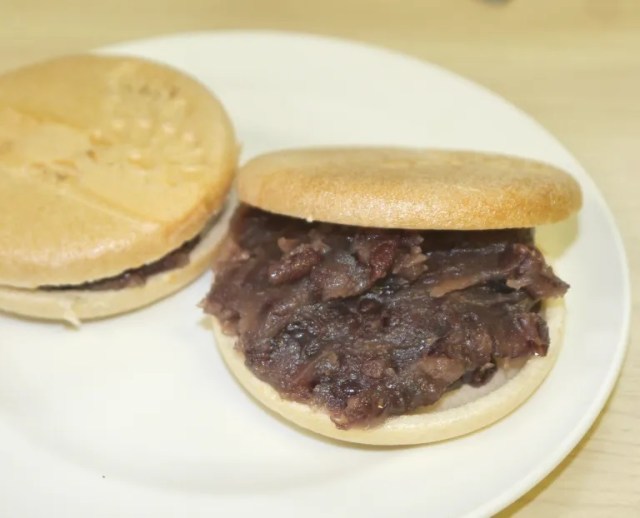
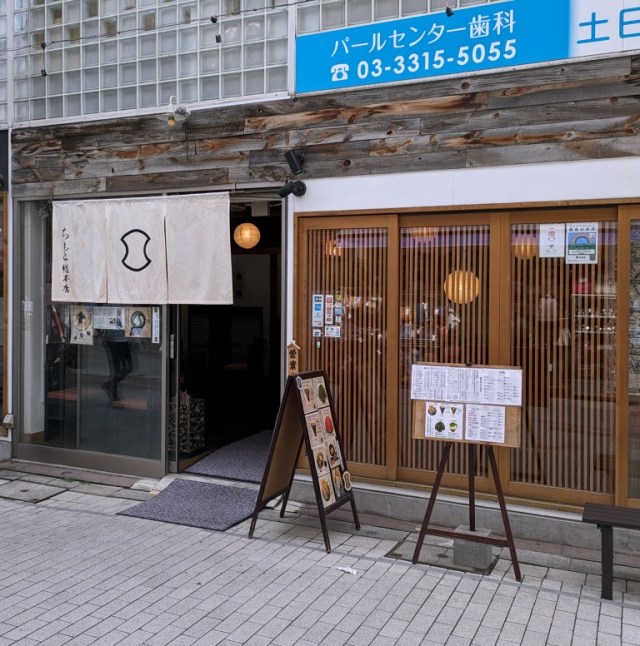
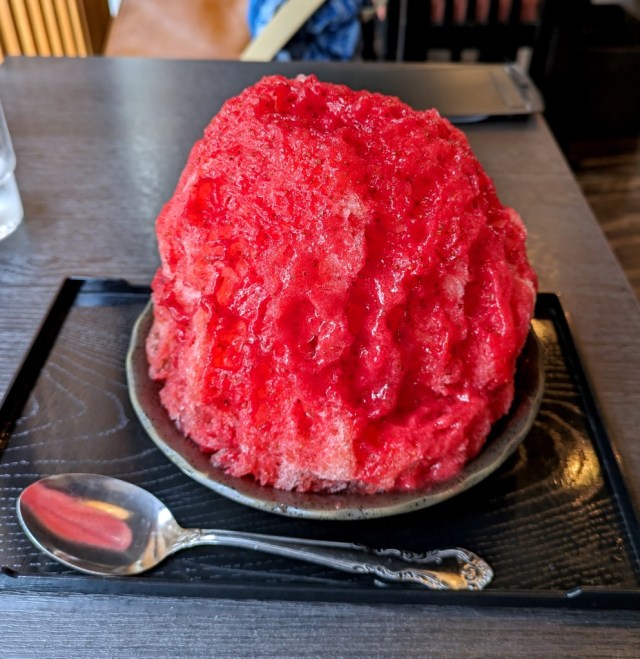
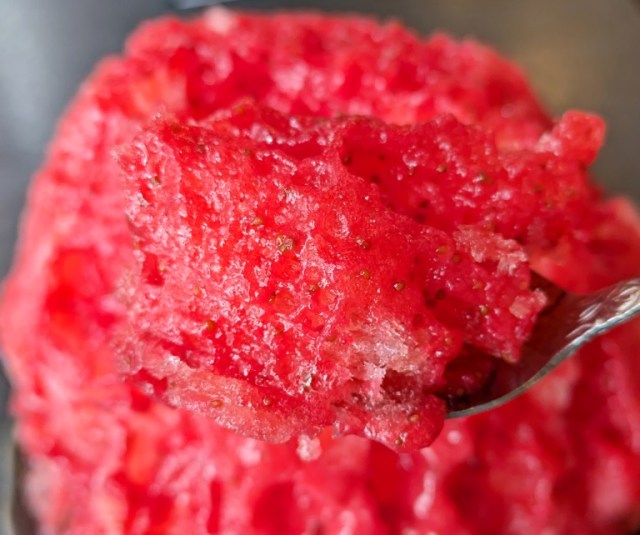
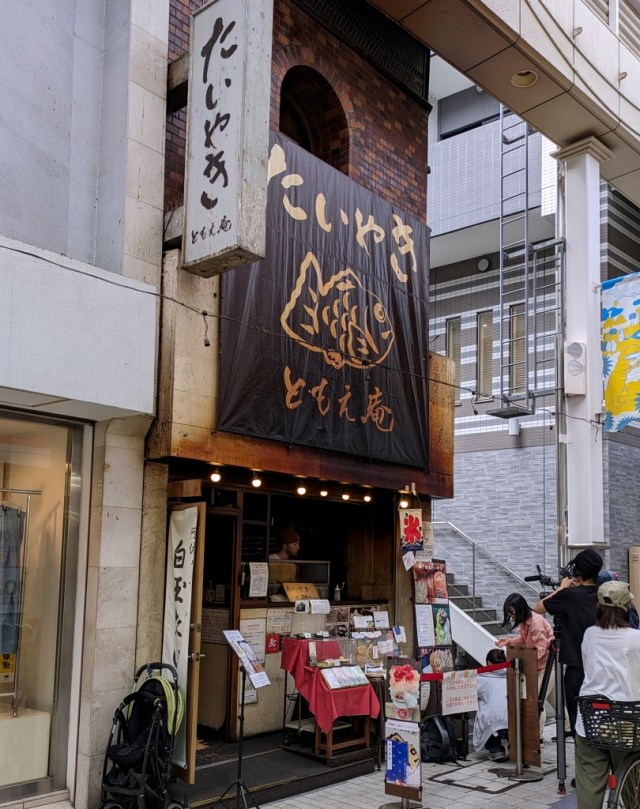
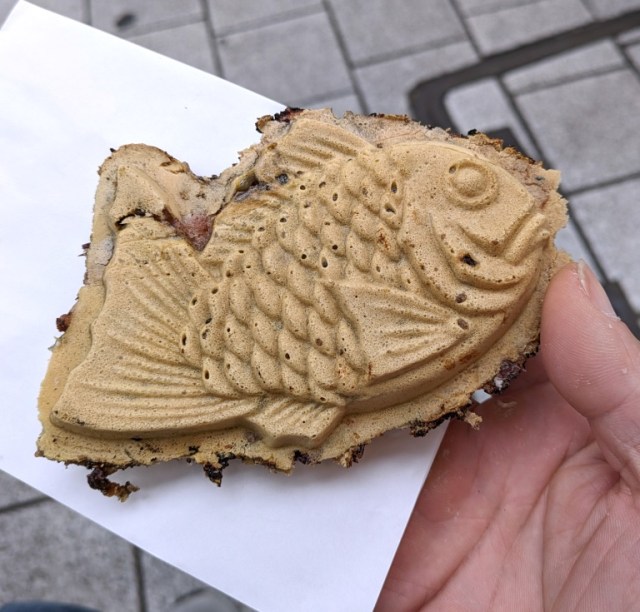
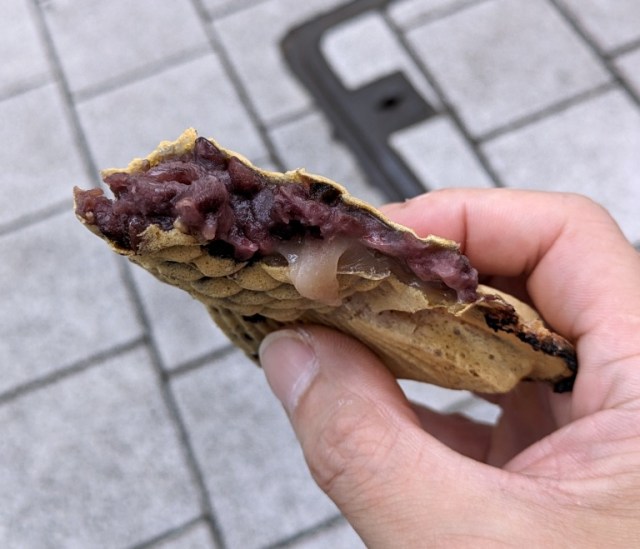
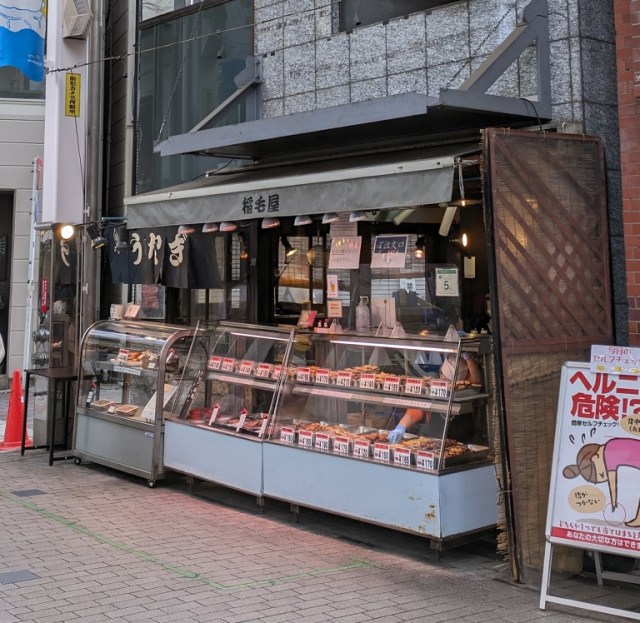
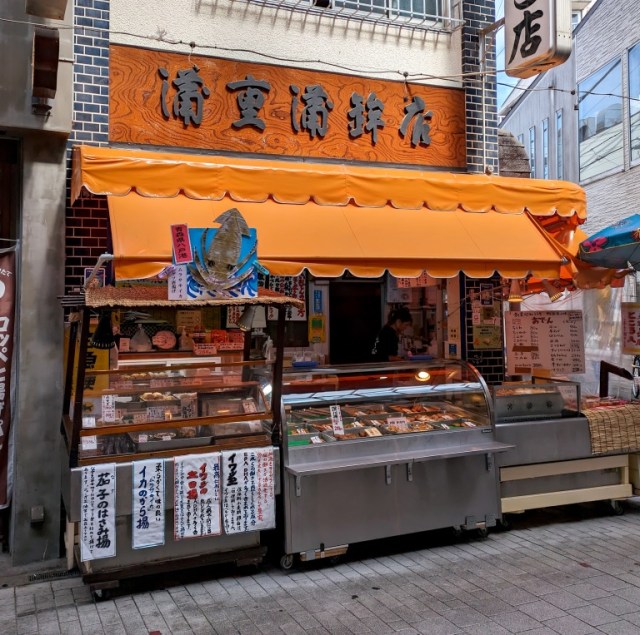
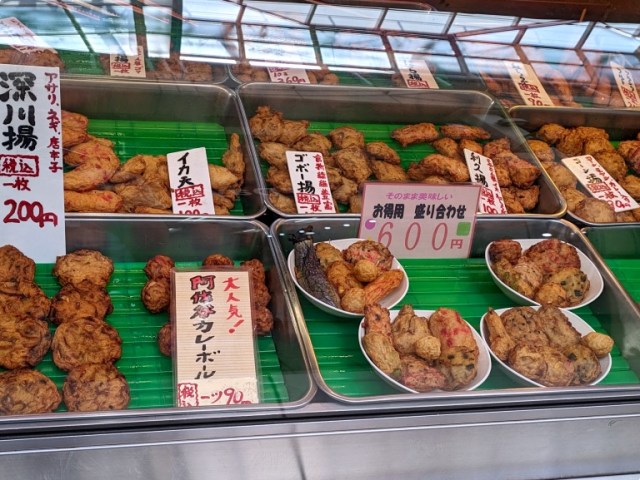
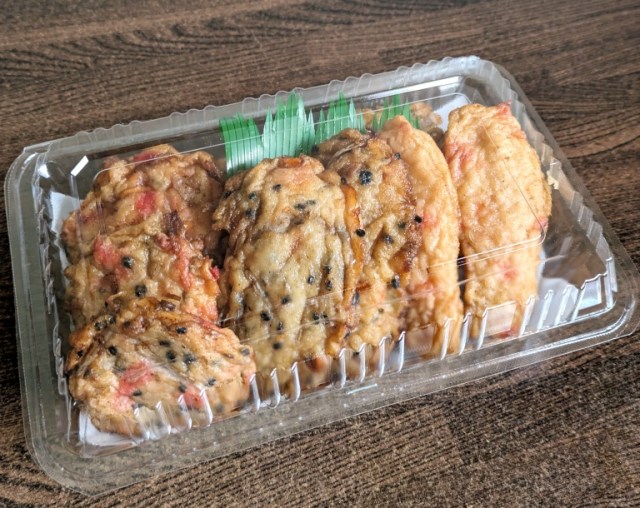
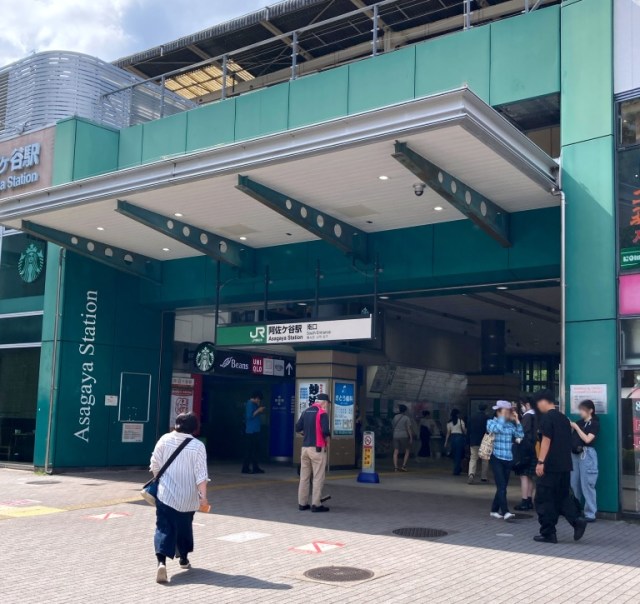
 Visiting Asagaya Tanabata Festival, known for its spectacular displays that never fail to surprise
Visiting Asagaya Tanabata Festival, known for its spectacular displays that never fail to surprise Mr. Sato eats a Japanese sweet potato brulée so good that it just about knocks his socks off
Mr. Sato eats a Japanese sweet potato brulée so good that it just about knocks his socks off Mr. Sato attempts to conquer mountains of shaved ice at all-you-can-eat event
Mr. Sato attempts to conquer mountains of shaved ice at all-you-can-eat event Mr. Sato goes to a Korean-style shaved ice cafe, makes several mistakes, still has a great time
Mr. Sato goes to a Korean-style shaved ice cafe, makes several mistakes, still has a great time Mr. Sato channels his inner Elsa, books a night at a Hokkaido ice hotel 【Photos】
Mr. Sato channels his inner Elsa, books a night at a Hokkaido ice hotel 【Photos】 Studio Ghibli hair accessories keep your style tidy with help from Kiki, Moro, Calcifer, and more
Studio Ghibli hair accessories keep your style tidy with help from Kiki, Moro, Calcifer, and more 10 great quirky museums to beat the Japan rainy season blues
10 great quirky museums to beat the Japan rainy season blues Tokyo Skytree to light up in Pokémon colors for summer-long art event!
Tokyo Skytree to light up in Pokémon colors for summer-long art event! Sumo training hall chef shares a secret cream stew ingredient his wrestlers love【Taste test】
Sumo training hall chef shares a secret cream stew ingredient his wrestlers love【Taste test】 “THIS is Pork!” 7-Eleven’s pre-made chashu pork is here to elevate your instant ramen【Taste test】
“THIS is Pork!” 7-Eleven’s pre-made chashu pork is here to elevate your instant ramen【Taste test】 Low price and low privacy as we share a room with a single stranger at Tokyo hotel
Low price and low privacy as we share a room with a single stranger at Tokyo hotel U.S. Olympic athlete reveals he runs with Yi-Gi-Oh! cards tucked into his uniform【Video】
U.S. Olympic athlete reveals he runs with Yi-Gi-Oh! cards tucked into his uniform【Video】 Starbucks Japan’s new limited-edition Frappuccino tastes great, is good for the planet
Starbucks Japan’s new limited-edition Frappuccino tastes great, is good for the planet Foreign tourists to be charged four times more to enter Himeji Castle if local mayor gets his way
Foreign tourists to be charged four times more to enter Himeji Castle if local mayor gets his way Secret-identity J-pop singer Ado to hold handshake event with surreal setup to hide her face
Secret-identity J-pop singer Ado to hold handshake event with surreal setup to hide her face Taiwan’s most beautiful politician kicks groper in balls during visit to Japan
Taiwan’s most beautiful politician kicks groper in balls during visit to Japan Tokyo’s Shibuya district passes year-round public drinking ban
Tokyo’s Shibuya district passes year-round public drinking ban McDonald’s teams up with Kiki’s Delivery Service for new burgers in Japan
McDonald’s teams up with Kiki’s Delivery Service for new burgers in Japan Filipino man jumps into ocean to save drowning boy in Japan, gives too-cool statement after
Filipino man jumps into ocean to save drowning boy in Japan, gives too-cool statement after There’s a brand-new Chainsaw Man attraction coming to Universal Studios Japan
There’s a brand-new Chainsaw Man attraction coming to Universal Studios Japan Evangelion singer cancels appearance at anime orchestra concert over use of AI-generated artwork
Evangelion singer cancels appearance at anime orchestra concert over use of AI-generated artwork To combat declining birth rate, Japan to begin offering “Breeding Visas” to foreigners
To combat declining birth rate, Japan to begin offering “Breeding Visas” to foreigners Studio Ghibli director Goro Miyazaki creates charity character T-shirt for Japan’s 24-Hour TV
Studio Ghibli director Goro Miyazaki creates charity character T-shirt for Japan’s 24-Hour TV Himakajima: The Japanese island with one traffic light that only turns green once a year
Himakajima: The Japanese island with one traffic light that only turns green once a year You can be on this beautiful Japanese island in less than two hours from downtown Tokyo
You can be on this beautiful Japanese island in less than two hours from downtown Tokyo Tourist ban now in effect in Kyoto’s Gion geisha district…but are visitors obeying the rules?
Tourist ban now in effect in Kyoto’s Gion geisha district…but are visitors obeying the rules? Studio Ghibli releases new Totoro collection to keep us hydrated all summer long
Studio Ghibli releases new Totoro collection to keep us hydrated all summer long Tourists damage Mt Fuji Lawson blackout screen that was meant to stop bad-mannered visitors
Tourists damage Mt Fuji Lawson blackout screen that was meant to stop bad-mannered visitors Studio Ghibli Uniqlo shirts and bags on sale now, but not in Japan【Photos】
Studio Ghibli Uniqlo shirts and bags on sale now, but not in Japan【Photos】 Japanese department store rooftop is a secret oasis where you can escape the crowds in Tokyo
Japanese department store rooftop is a secret oasis where you can escape the crowds in Tokyo Tokyo restaurant finds heartwarming way to lure people away from ramen and back to set meals
Tokyo restaurant finds heartwarming way to lure people away from ramen and back to set meals Amazon Japan makes payment policy change that could be a problem for foreigners in Japan
Amazon Japan makes payment policy change that could be a problem for foreigners in Japan McDonald’s new Happy Meals offer up cute and practical Sanrio lifestyle goods
McDonald’s new Happy Meals offer up cute and practical Sanrio lifestyle goods Sales of Japan’s most convenient train ticket/shopping payment cards suspended indefinitely
Sales of Japan’s most convenient train ticket/shopping payment cards suspended indefinitely Sold-out Studio Ghibli desktop humidifiers are back so Totoro can help you through the dry season
Sold-out Studio Ghibli desktop humidifiers are back so Totoro can help you through the dry season Japanese government to make first change to romanization spelling rules since the 1950s
Japanese government to make first change to romanization spelling rules since the 1950s Foreigner’s request for help in Tokyo makes us sad for the state of society
Foreigner’s request for help in Tokyo makes us sad for the state of society Ghibli founders Toshio Suzuki and Hayao Miyazaki contribute to Japanese whisky Totoro label design
Ghibli founders Toshio Suzuki and Hayao Miyazaki contribute to Japanese whisky Totoro label design Tokyo’s most famous Starbucks is closed
Tokyo’s most famous Starbucks is closed Doraemon found buried at sea as scene from 1993 anime becomes real life【Photos】
Doraemon found buried at sea as scene from 1993 anime becomes real life【Photos】 Princesses, fruits, and blacksmiths: Study reveals the 30 most unusual family names in Japan
Princesses, fruits, and blacksmiths: Study reveals the 30 most unusual family names in Japan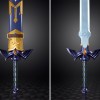 Life-size vibrating Legend of Zelda Master Sword for sale from Nintendo【Photos】
Life-size vibrating Legend of Zelda Master Sword for sale from Nintendo【Photos】 Japanese cafe tops its shaved ice with fire for an impossibly delicious treat【Video】
Japanese cafe tops its shaved ice with fire for an impossibly delicious treat【Video】 The top 10 shotengai shopping streets in Tokyo【Survey】
The top 10 shotengai shopping streets in Tokyo【Survey】 “Prisoner of Short Ribs”: Yoshinoya’s first sister restaurant in 10 years (maybe 8?)【Taste test】
“Prisoner of Short Ribs”: Yoshinoya’s first sister restaurant in 10 years (maybe 8?)【Taste test】 Beautiful booth models and tasty chow – A non-car guide to the Tokyo Motor Show【Photos】
Beautiful booth models and tasty chow – A non-car guide to the Tokyo Motor Show【Photos】 Mr. Sato tries to make himself invisible by wearing mirror paper, creates cool modern art instead
Mr. Sato tries to make himself invisible by wearing mirror paper, creates cool modern art instead Tokyo police stopped us for random questioning, so we asked them to recommend a good restaurant
Tokyo police stopped us for random questioning, so we asked them to recommend a good restaurant “Grilled corn” and “gyoza” flavored shaved ice sold at Saitama cafe
“Grilled corn” and “gyoza” flavored shaved ice sold at Saitama cafe Cosplaying in Tokyo as Beijing Olympics mascot Bing Dwen Dwen…Mr. Sato style【Photos】
Cosplaying in Tokyo as Beijing Olympics mascot Bing Dwen Dwen…Mr. Sato style【Photos】 Buying a can of coffee from an unmanned, AI-controlled kiosk in Tokyo
Buying a can of coffee from an unmanned, AI-controlled kiosk in Tokyo The top ten most appealing of Tokyo’s 23 special wards to live in after retirement
The top ten most appealing of Tokyo’s 23 special wards to live in after retirement We find Italian Soba at an Aomori fish market that insisted it’s perfect for the beach
We find Italian Soba at an Aomori fish market that insisted it’s perfect for the beach 2,500 yen for Tokyo ramen? High-end noodles in the high-rent Ginza district are totally worth it
2,500 yen for Tokyo ramen? High-end noodles in the high-rent Ginza district are totally worth it Japanese chain Bikkuri Donkey’s enormous salad almost beats Mr. Sato, but not because of its size
Japanese chain Bikkuri Donkey’s enormous salad almost beats Mr. Sato, but not because of its size Mr. Sato stuffs himself at an all-you-can-eat bakery event and ascends to carb heaven【Pics】
Mr. Sato stuffs himself at an all-you-can-eat bakery event and ascends to carb heaven【Pics】 Mr. Sato broadens his home drinking horizons at Kaldi【Japan’s Best Home Senbero】
Mr. Sato broadens his home drinking horizons at Kaldi【Japan’s Best Home Senbero】 Is the new Aerosmith traditional Japanese sweets worth eating, or should you miss this thing?
Is the new Aerosmith traditional Japanese sweets worth eating, or should you miss this thing?
Leave a Reply